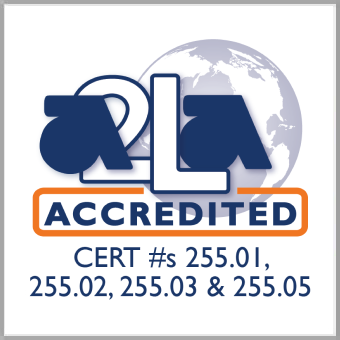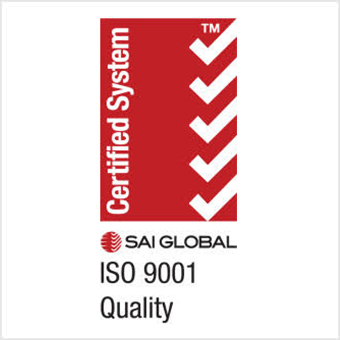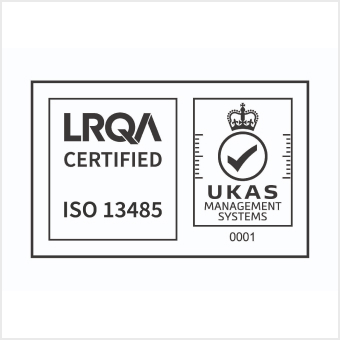GMW14334
1. Introduction to GMW14334
GMW14334 is a General Motors (GM) material specification that defines the performance requirements for plastic materials used in automotive applications. This standard applies to both interior and exterior vehicle components, ensuring that the materials meet stringent criteria for durability, aesthetics, and functionality. It establishes the methods for testing and evaluating plastics in terms of their mechanical, chemical, and environmental resistance.
The specification outlines the necessary tests for plastics to ensure that they can withstand the demanding conditions typical of automotive environments, such as exposure to UV radiation, temperature extremes, humidity, and mechanical stresses.
2. Purpose and Scope
The main purpose of GMW14334 is to:
- Provide a standardized method for evaluating plastic materials in terms of their performance and durability.
- Ensure that plastics used in automotive applications meet GM’s rigorous safety, environmental, and aesthetic requirements.
- Establish a consistent approach to material testing, quality control, and compliance across GM’s global supply chain.
The scope of this specification includes plastic materials used in automotive components such as:
- Interior Components: Dashboards, door panels, seats, console parts, and trim pieces.
- Exterior Components: Bumpers, grilles, mirrors, body panels, and exterior trim.
- Functional Components: Lighting housings, electrical connectors, and various under-the-hood applications.
3. Key Requirements in GMW14334
GMW14334 sets forth multiple performance requirements to ensure that plastics meet GM’s standards for durability, safety, and long-term performance. Key areas of focus include:
- Mechanical Properties: Ensuring that plastic materials can withstand forces such as impact, stress, and strain during regular use.
- Tensile strength, flexural strength, impact resistance.
- Creep resistance and fatigue properties.
- Hardness testing (Shore hardness scale).
- Thermal Properties: Plastics must be capable of performing in a range of temperatures typical in automotive environments.
- Heat deflection temperature.
- Thermal conductivity and thermal expansion.
- UV and Environmental Resistance: Automotive plastics are exposed to UV radiation, temperature extremes, and weather conditions. Testing for these factors ensures long-term performance.
- UV resistance (simulated sunlight exposure).
- Resistance to humidity, moisture, and rain.
- Resistance to various environmental pollutants, such as road salt and automotive fluids.
- Chemical Resistance: Plastics used in automotive applications must resist various chemicals encountered in vehicles, such as oils, fuels, lubricants, cleaning agents, and automotive fluids.
- Exposure to gasoline, oil, solvents, and acids.
- Resistance to chemical degradation and discoloration.
- Aesthetic Properties: The visual appearance of plastic materials is critical, as they impact the overall quality and perception of the vehicle.
- Color retention and resistance to fading or yellowing.
- Surface finish quality (e.g., gloss, texture).
- Flammability and Safety: All materials used must meet GM’s stringent fire safety standards.
- Flame retardancy testing.
- Smoke generation and toxicity tests in case of fire.
- Recyclability and Sustainability: GM emphasizes the use of environmentally friendly materials that can be recycled or reused.
- Compliance with global regulations regarding hazardous materials.
- Use of biodegradable or recyclable plastics in specific applications.
4. Testing Methods in GMW14334
GMW14334 outlines a variety of testing methodologies to evaluate the performance of plastics under different conditions. The key testing methods include:
- Accelerated Weathering:
- Xenon Arc Testing: This test simulates the effects of sunlight exposure over an accelerated time period. Plastics are exposed to UV light, heat, and humidity cycles to evaluate degradation, discoloration, and surface changes.
- QUV Testing: Similar to xenon arc testing, this method accelerates weathering conditions, subjecting materials to cyclic exposure of UV light, condensation, and drying phases.
- Mechanical Testing:
- Tensile and Flexural Strength: These tests measure the material’s ability to resist deformation or breakage when subjected to tension or bending.
- Impact Resistance: Testing how well the plastic material withstands sudden impacts (such as those experienced during vehicle collisions or daily use).
- Creep and Fatigue Resistance: Evaluates the material’s ability to resist permanent deformation under sustained load over time.
- Thermal Resistance Testing:
- Heat Deflection Temperature (HDT): This test measures the temperature at which a plastic deforms under a given load, ensuring the material can perform at high temperatures typical of engine components or interior parts exposed to the sun.
- Thermal Expansion and Conductivity: Determines how the material expands or contracts with temperature changes and how effectively it transfers heat.
- Chemical Resistance:
- Immersion Testing: Samples are immersed in various automotive fluids (e.g., oil, gasoline, coolant) to assess how well the plastic resists chemical attack, degradation, or discoloration.
- Surface Scratching and Staining: Evaluates the resistance of the material to abrasion, staining, or surface degradation due to exposure to cleaning chemicals and automotive fluids.
- Flammability and Smoke Testing:
- UL 94 Testing: Assesses the flammability of plastics using a vertical burn test, evaluating how the material ignites and burns.
- Smoke Density Testing: Measures the amount of smoke emitted during combustion, which is crucial for passenger safety in case of fire.
- Toxicity Testing: Evaluates the toxicity of gases emitted by the material when burned.
- Color and Aesthetic Evaluation:
- Color Retention: Plastics are exposed to various environmental conditions to determine if they maintain their original color over time.
- Surface Finish: The material’s surface quality is evaluated for defects like cracking, fading, or loss of texture due to environmental exposure.
5. Compliance and Certification
For plastic materials to be approved under GMW14334, they must undergo rigorous testing and meet all specified requirements. Manufacturers must provide documentation that confirms their materials’ compliance with the standard. This documentation typically includes:
- Test Reports: Detailing the outcomes of all relevant tests, including mechanical, chemical, thermal, and aesthetic properties.
- Certifications: Confirmation from independent laboratories or in-house teams that the materials comply with the performance requirements of GMW14334.
- Inspection and Quality Control: Ongoing quality checks during the production process to ensure that materials remain consistent with GM’s standards.
6. Applications of GMW14334
The primary applications of GMW14334 are in the automotive industry, particularly for manufacturers supplying components and materials for GM vehicles. Applications include:
- Interior Components: Dashboard materials, trim pieces, center consoles, armrests, and seat backs.
- Exterior Components: Bumpers, grilles, wheel arch trims, and mirrors.
- Under-the-Hood Components: Electrical connectors, seals, and gaskets.
- Functional Parts: Lights, bezels, HVAC ducts, and storage compartments.
7. Challenges and Considerations
While GMW14334 provides a comprehensive approach to evaluating plastic materials, there are some challenges:
- Global Supply Chain Variations: Manufacturers around the world must ensure their materials meet the standard despite regional differences in climate, availability of raw materials, and production methods.
- Sustainability Goals: GM is increasingly focused on reducing the environmental impact of automotive materials, pushing for more sustainable options without sacrificing performance.
- Cost-Effectiveness: Meeting the stringent performance criteria can be costly, which may impact manufacturers’ choice of materials.
8. Conclusion
GMW14334 plays a crucial role in ensuring that plastic materials used in automotive applications meet GM’s high standards for performance, safety, and durability. By following this specification, manufacturers can produce components that are reliable, environmentally friendly, and cost-effective, while also ensuring the longevity of the vehicle in various environmental conditions.



